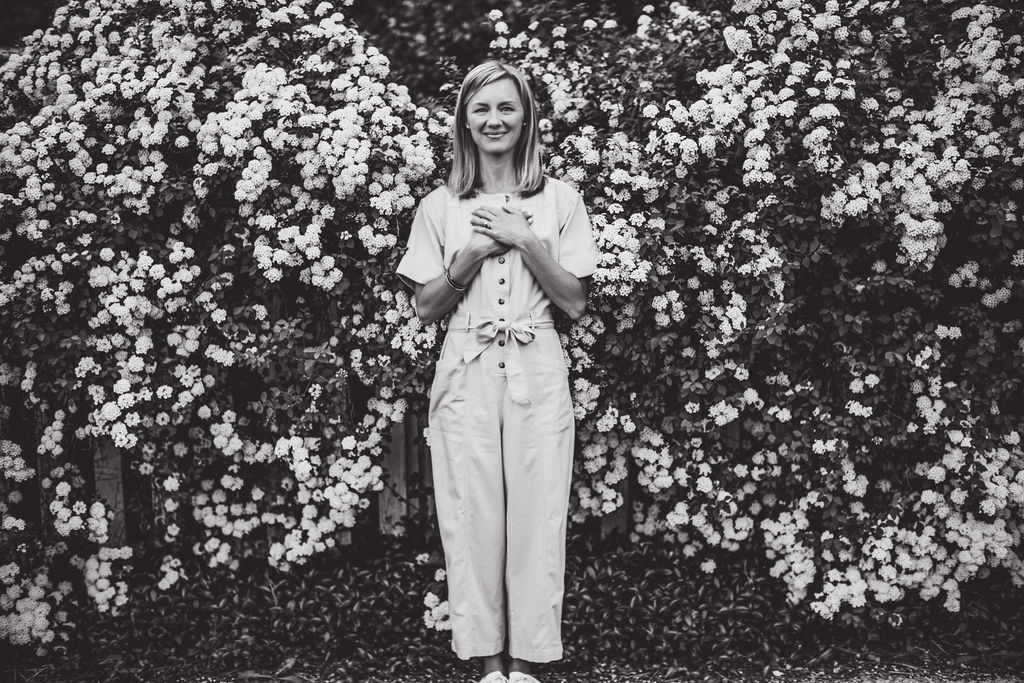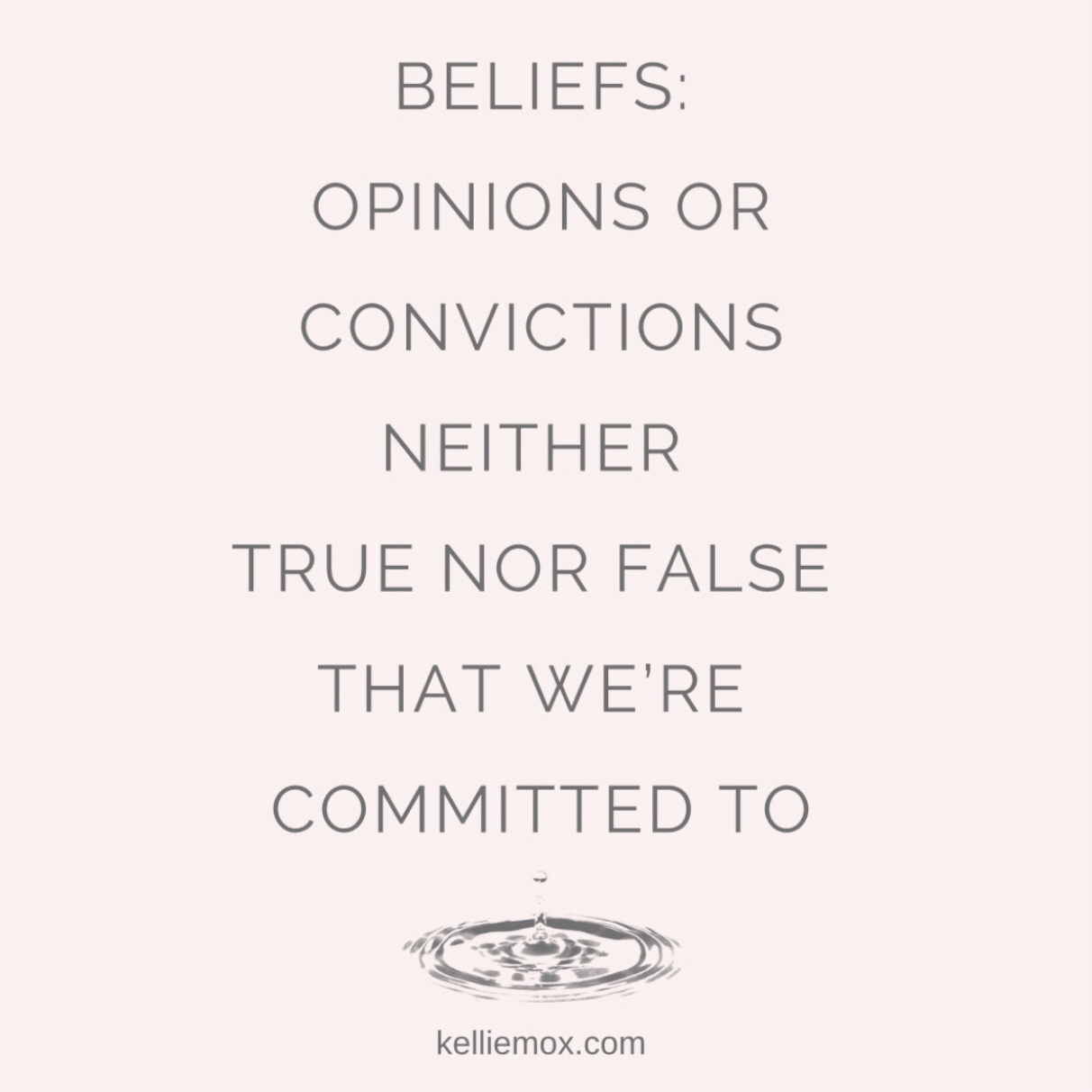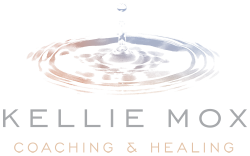For much of my early life I resisted feeling my feelings. Instead, I distracted myself from them and focused on what I believed needed fixing in me. By the time I entered graduate school it had been years since anorexia wasted my flesh. But I still had a contentious relationship with my body, so my “fixing” at the time held the tune of an eating disorder but the volume was turned down to a loud whisper. It didn’t show on the outside—I looked perfectly well—but my thoughts and behavior patterns revealed a more subtle truth, one that I wasn’t aware of at the time:
A part of me was unconsciously committed to my unhealthy relationship with my body.
The Revelation
The a-ha moment arrived in my one-bedroom, north campus apartment with no inciting incident to mark its significance in my life. There was a day, maybe after class and some solitary homework, journaling, and listening to Wayne Dyer on CD, that I felt something shift in my body and in my thoughts.
I remember marveling to myself, “I don’t know how to BE without this dis-ease.”
I didn’t know myself without it, and it struck me how I’d become comfortable with and committed to the me that identified with brokenness and dis-ease. And I knew then that I could get comfortable with and committed to a me that identified with wholeness and ease, too.
It felt like I’d discovered something monumental and simultaneously quite obvious. It’s like when you’ve known only one way to do a thing your entire life (chopping onions comes to mind), and when someone teaches you a new way your mind is blown by the obviousness of it.
How could I not have known this about myself?
This self-realization catalyzed a remarkable shift for me and my relationship with my body. It would be oversimplifying it to say this was THE turning point in my healing, but it was ONE turning point. This is a moment I revisit, because, for the first time, I met and connected in with a part of me that could experience wholeness now, unconditionally, rather than if or when some condition was met.
As a result I could, more and more, witness and befriend the part of me that I’d unconsciously allowed to orchestrate my life—the part that believed I was not OK.

A First Step
I share this with you today because it speaks to, what I believe, is a first step in healing—one that has catalyzed deep shifts for me and other womxn I know. It’s also a step that’s often overlooked when approaching our chronic physical, mental, or emotional dis-eases.
We must engage with our conscious and unconscious beliefs about ourselves, our dis-ease, and our healing.
Because in the absence of the inner work of self-reflection and self-awareness, beliefs may steer us away from that which we desire and keep us stuck in patterns that don’t serve us. More specifically, if parts of us don’t believe we can heal (or that we deserve healing), and we’re not intimately engaged with those parts, we will bump up against them over and over again. If you’ve felt stuck, propelled backward, or just plain lost in healing, it may be that you are bumping up against beliefs.

It’s important to remember that beliefs don’t demand intention or attention in order to exist—they often reside below our conscious awareness. In my experience, beliefs come into our awareness when our nervous system is ready to receive them (which is a reminder that we need to do the work of building safety and capacity in our nervous systems). Nonetheless, we must connect with and engage our body, heart, mind, and spirit in exploratory processes that INVITE our beliefs into our awareness.
Becoming aware of our beliefs is a first step. Then we can begin to shift the beliefs that no longer serve us.
What Do You Believe?
I invite you to pull out a journal, a pen, and a cup of tea or anything else that feels nourishing for you, and create space for exploration and curiosity. I’ve offered some prompts for you to engage with that can catalyze awareness around beliefs that may live on or beneath the surface for you right now, specifically about healing.
When you ask yourself these questions, think of them as a gentle invitation for your whole self to come forward. I encourage you to turn to parts other than your mind for the answers if your mind tends to dominate (if like me, you tend to over-think or over-analyze). Yes, thoughts and words will come up. But, invite your body, heart, and spirit in, too.
Notice what sensations arise with these prompts and where in your body they land. Notice the qualities of the sensations (density, tension, lightness, color, frequency, hardness…). Notice images that might appear in your mind’s eye. Notice vibes or energy that you might sense.
Prompts
What does healing mean to me? (Explore Part 1 of this Revolutionary Healing series or this post for inspiration).
What do I believe about healing? Or more specifically, do I believe healing is possible?
What do I believe about MY healing capacity?
Do I believe I deserve healing?
What Comes Next
I’ll follow this post with more in my Revolutionary Healing series that will support you in taking more steps in the direction of healing. Also, the work and play that happens in my coaching conversations with womxn often look like this (conversations and practices that create space and safety for our beliefs to enter our awareness). Those conversations also take you to the next step; that is, we partner in creating space and practices for shifting limiting beliefs so that you can bump less and flow more in your healing. I’d be honored to catalyze revolutionary healing with you. You can always book a free exploratory session to check it out.
By the way, I still hang out with her a lot, the part of me that questions my OK-ness, and more and more, she’s open to the possibility that she’s OK just the way she is.


